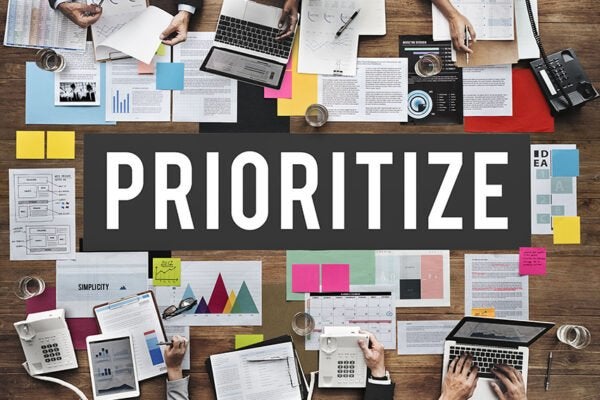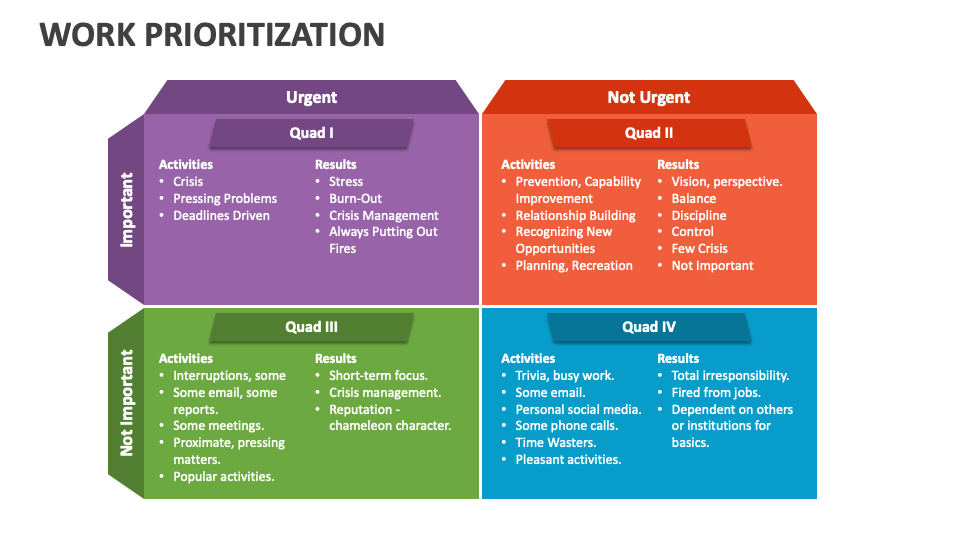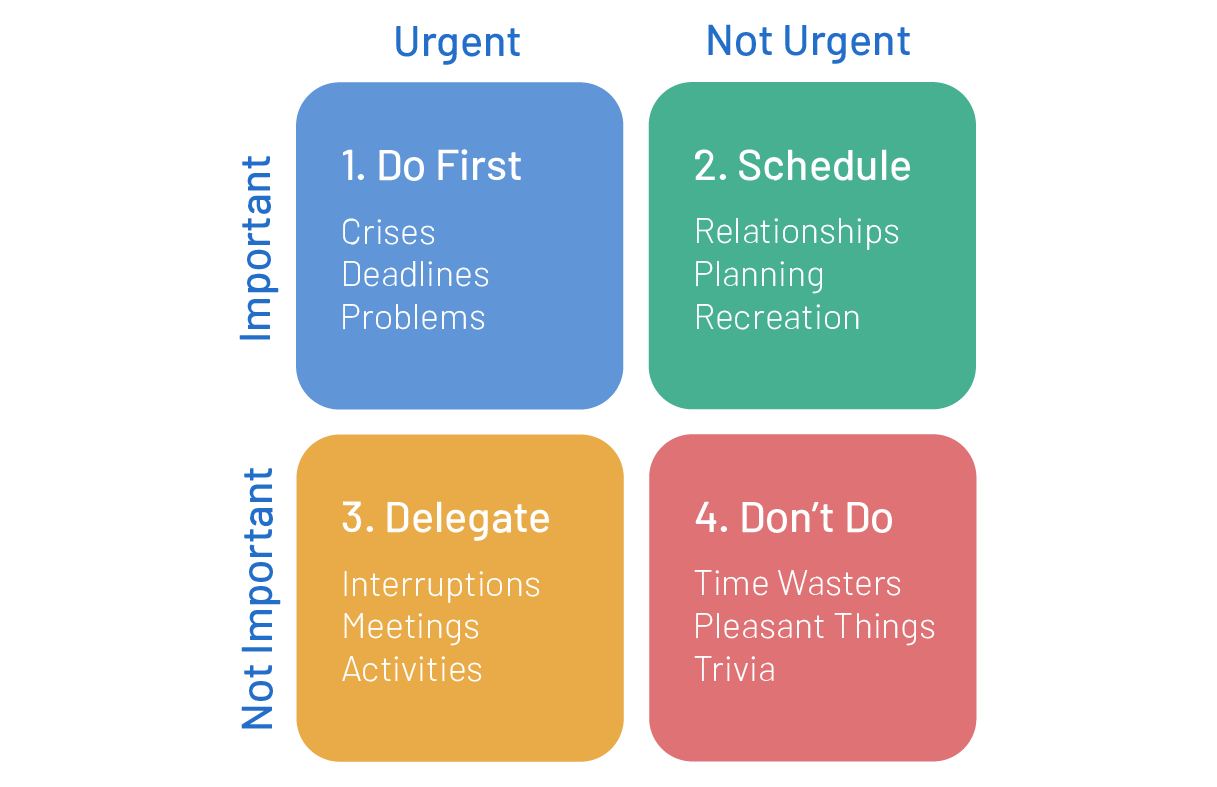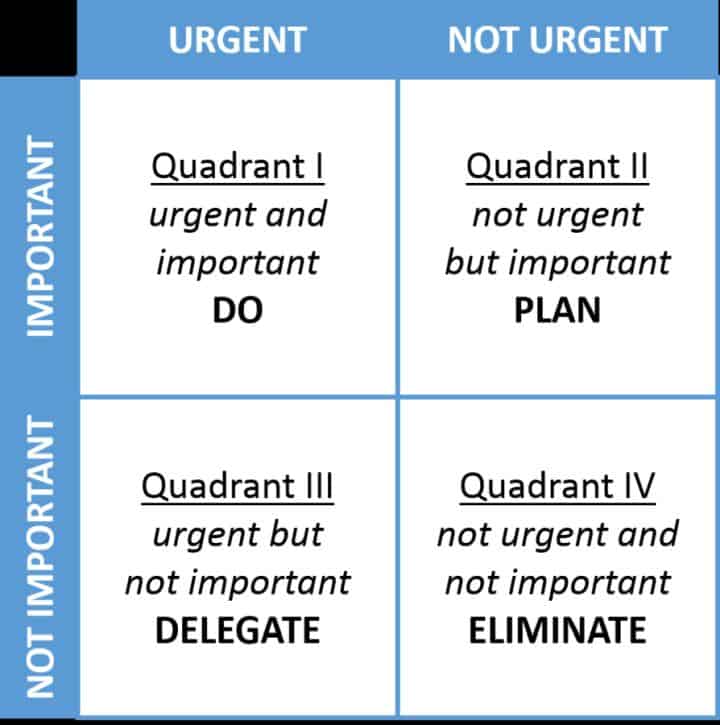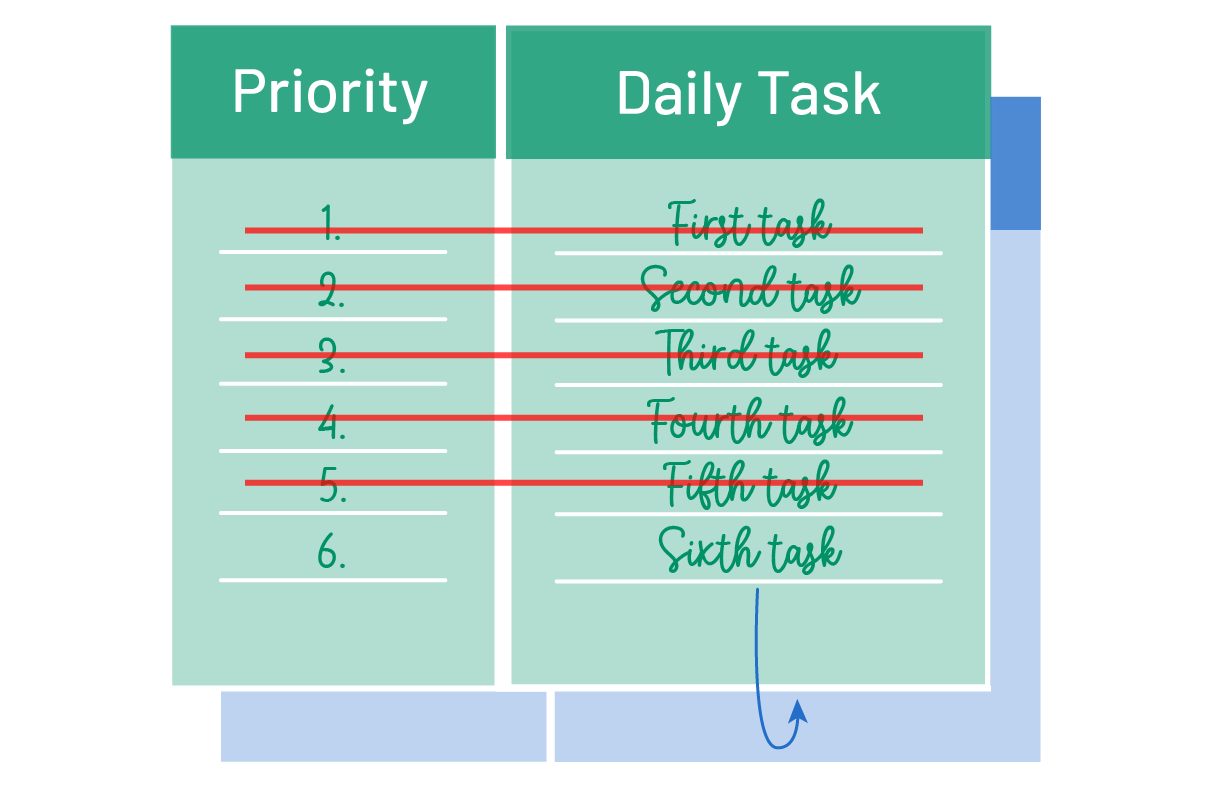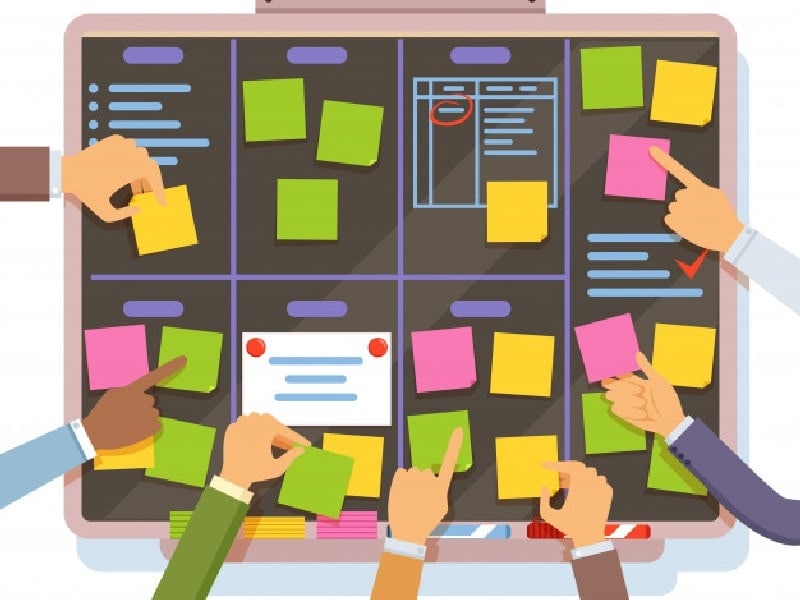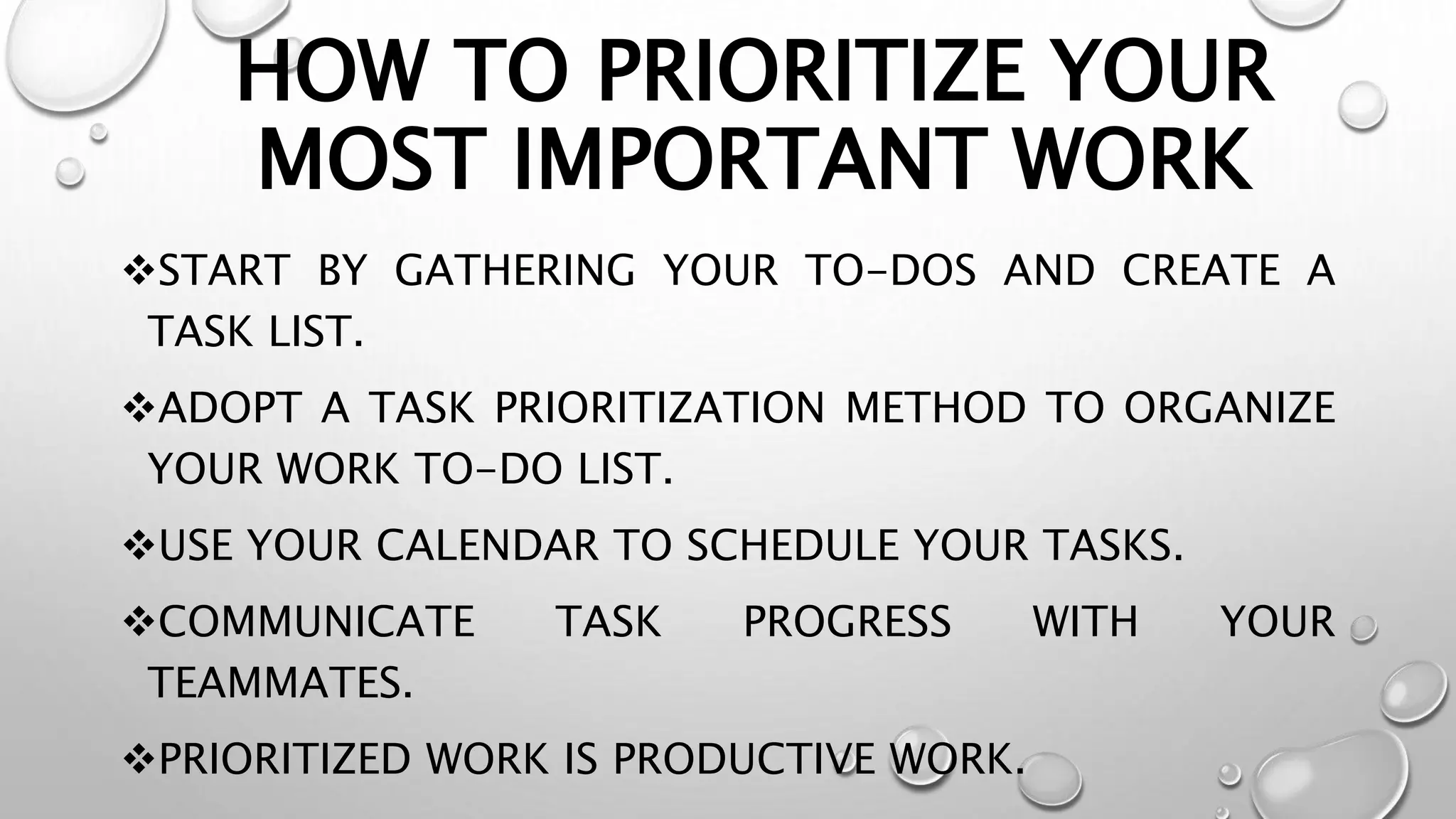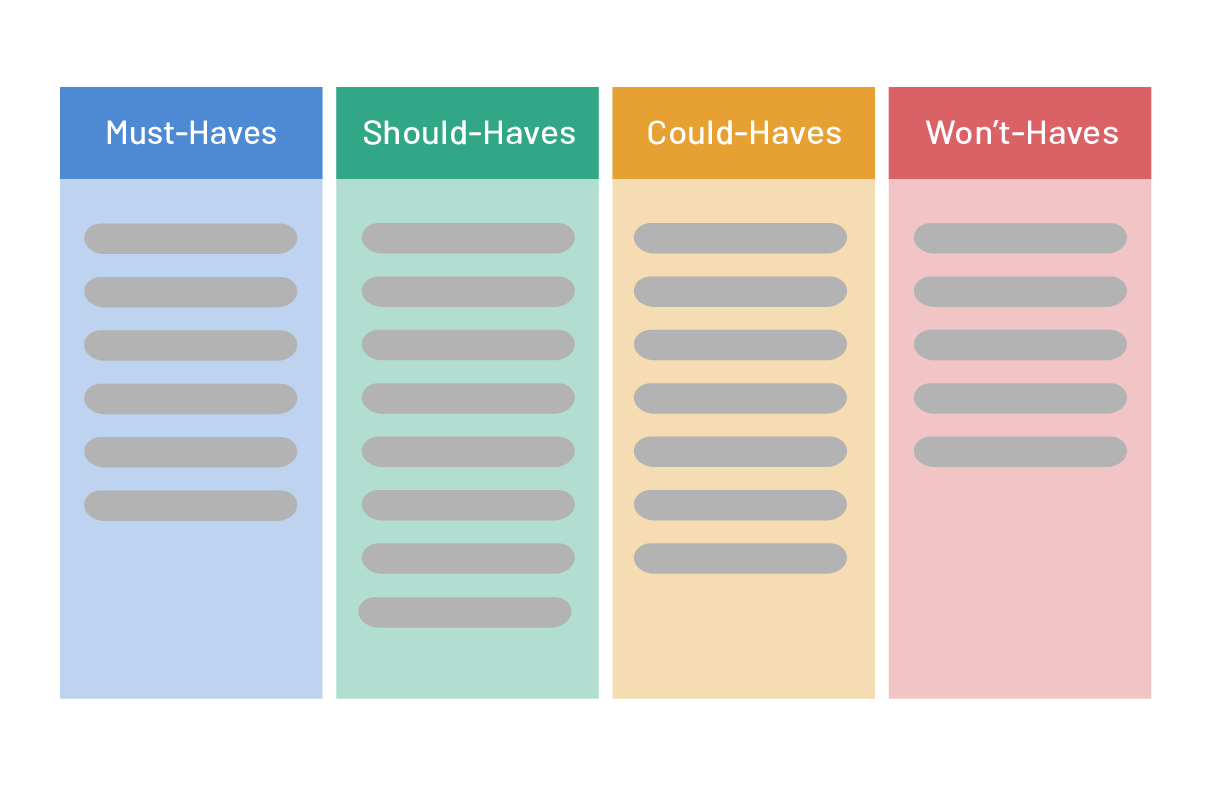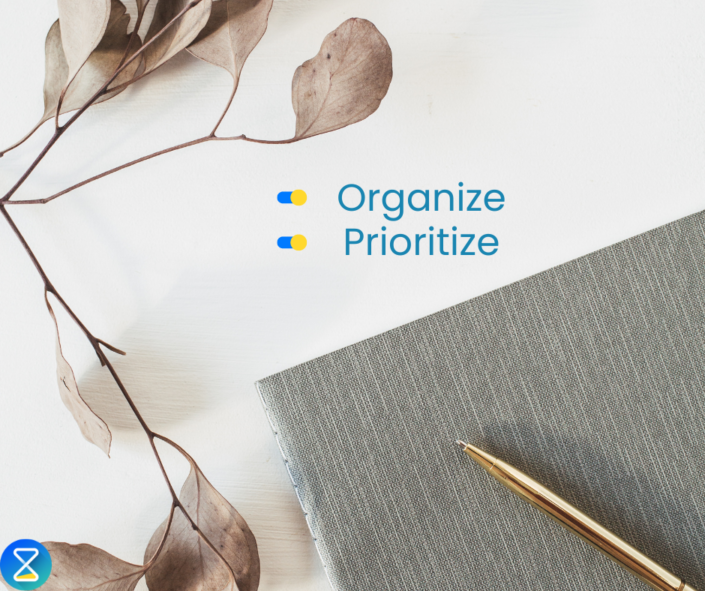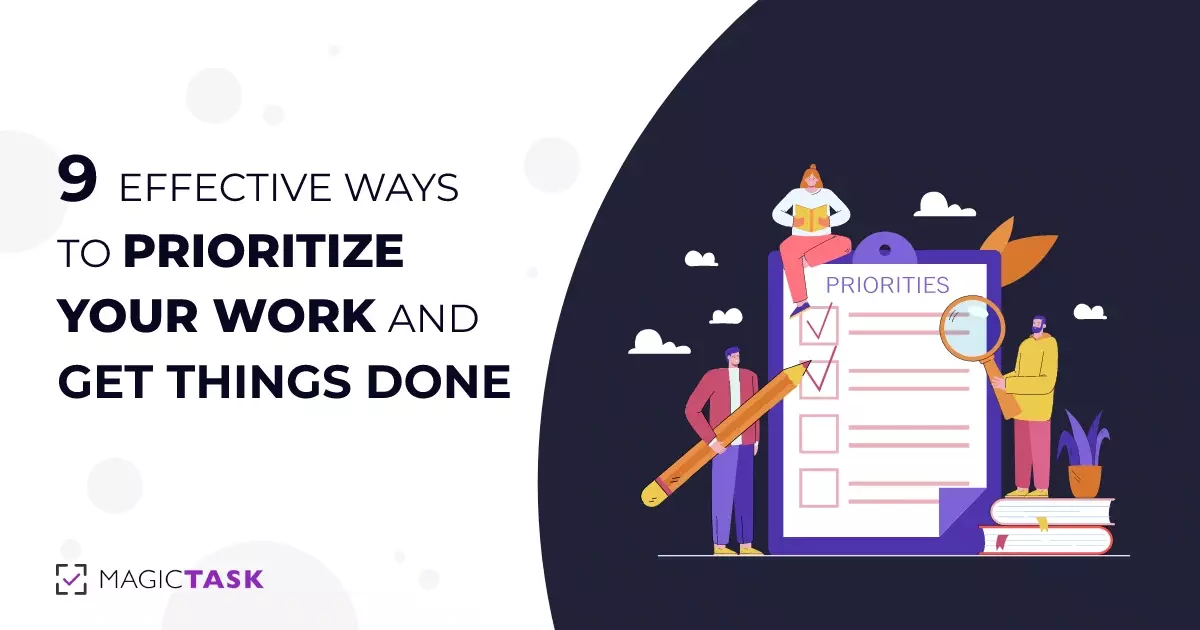How Do You Organize And Prioritize Your Work

In today's relentless work environment, the ability to effectively organize and prioritize tasks isn't merely a desirable skill; it's the bedrock of productivity and professional survival. Professionals across industries grapple with overflowing inboxes, relentless deadlines, and the constant pressure to deliver exceptional results. The stakes are high: projects delayed, opportunities missed, and burnout looming for those who fail to master this crucial skill.
At its core, organizing and prioritizing work involves assessing demands, assigning importance, and strategically sequencing tasks. This allows individuals to navigate the complexities of their roles effectively. The aim is to make progress towards goals. By streamlining workflow and boosting overall output, individuals can reduce stress.
The Foundation: Assessment and Planning
The initial step in any effective organizational strategy is a thorough assessment of current workload and outstanding tasks. Time management experts often advise maintaining a comprehensive list, whether digitally or on paper, detailing every responsibility.
Dr. Emily Carter, a leading organizational psychologist, emphasizes the importance of clarity. "Ambiguity is the enemy of productivity," she states. "Clearly define each task, its expected outcome, and its deadline. This removes guesswork and facilitates informed prioritization."
Once a task inventory is established, planning comes into play. Many professionals find time-blocking techniques invaluable. This involves allocating specific time slots in a calendar for particular activities.
"Time blocking creates structure and accountability," explains Sarah Chen, a project management consultant. "It prevents tasks from being neglected and helps individuals visualize their workload, promoting a more realistic approach."
Prioritization Techniques: From Urgent to Important
Numerous prioritization techniques exist, each offering a unique framework for decision-making. The Eisenhower Matrix, also known as the Urgent-Important Matrix, categorizes tasks into four quadrants: Urgent and Important, Important but Not Urgent, Urgent but Not Important, and Neither Urgent Nor Important.
This matrix encourages individuals to focus on tasks that contribute to long-term goals (Important but Not Urgent) rather than being constantly driven by immediate demands (Urgent but Not Important). Delegating or eliminating tasks in the latter two categories is crucial for efficient time management.
Another popular method is the Pareto Principle, often referred to as the 80/20 rule. This principle suggests that approximately 80% of results come from 20% of effort. By identifying and focusing on those critical 20%, individuals can maximize their impact and achieve significant gains.
According to a study by the Harvard Business Review, employees who consistently prioritize based on the 80/20 rule report a 25% increase in productivity.
The ABC method, another effective approach, assigns letters A, B, and C to tasks based on their value. “A” tasks are high-value, critical tasks that demand immediate attention. “B” tasks are important but can be postponed, and “C” tasks are less important and may even be delegated or eliminated.
Tools and Technologies: Leveraging Digital Solutions
The digital age provides a plethora of tools and technologies designed to assist in organizing and prioritizing work. Project management software like Asana, Trello, and Monday.com offer features like task assignment, deadline tracking, and progress visualization.
These platforms promote collaboration and transparency. They help teams stay aligned and on track. Calendar applications like Google Calendar and Outlook Calendar offer robust scheduling and reminder features, facilitating effective time-blocking.
Note-taking apps like Evernote and OneNote provide a centralized location for capturing ideas, creating to-do lists, and storing important information. These tools enhance efficiency. They allow users to manage information and streamline their workflow effectively.
Addressing Challenges and Maintaining Balance
Despite the availability of effective strategies and tools, challenges often arise. Interruptions, unforeseen circumstances, and shifting priorities can disrupt even the most meticulously planned schedules.
Flexibility is key to navigating these obstacles. It is important to re-evaluate priorities, adjust timelines, and communicate changes to stakeholders. Moreover, individuals should be mindful of their own well-being. Burnout can significantly hinder productivity.
Regular breaks, exercise, and mindfulness practices are essential for maintaining a healthy work-life balance. “Self-care is not a luxury; it's a necessity,” says Dr. Carter. "Prioritizing your mental and physical health directly impacts your ability to organize and prioritize effectively."
The Future of Work Organization
As remote work becomes increasingly prevalent, the need for effective self-organization and prioritization is only going to grow. The ability to manage one's own time, set boundaries, and stay focused without direct supervision will be highly valued by employers.
Furthermore, the integration of artificial intelligence (AI) into workflow management may offer new possibilities for task automation and prioritization. AI-powered tools could analyze work patterns, identify bottlenecks, and suggest optimal schedules, further enhancing productivity.
Ultimately, mastering the art of organizing and prioritizing work is an ongoing process. It needs continuous refinement and adaptation to changing circumstances. Embracing a proactive approach and remaining open to new strategies will be key to success in the ever-evolving world of work.

